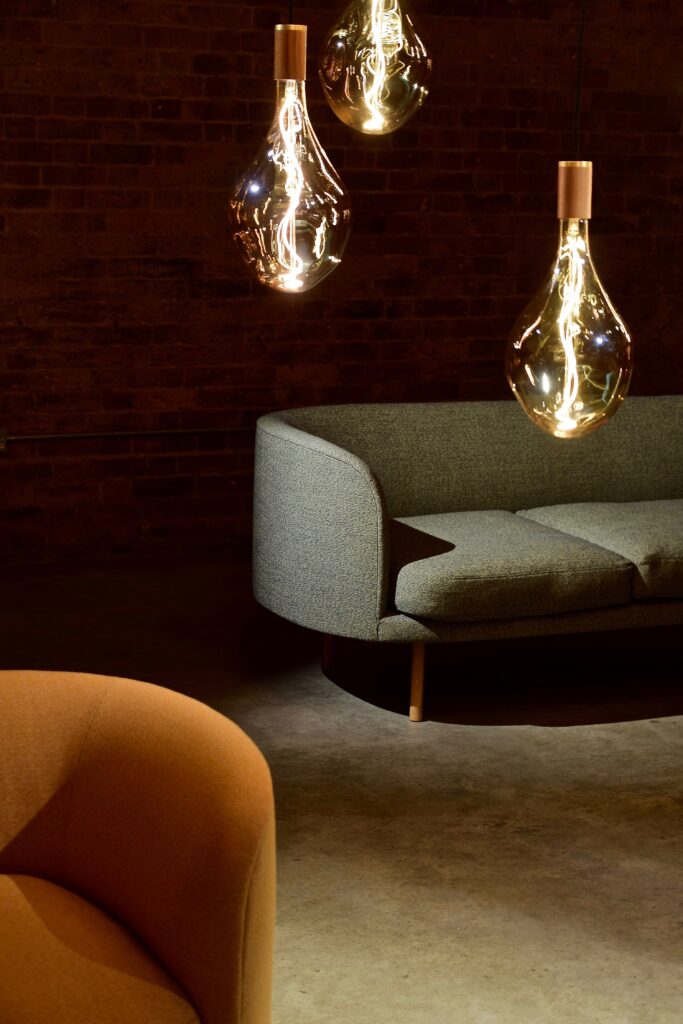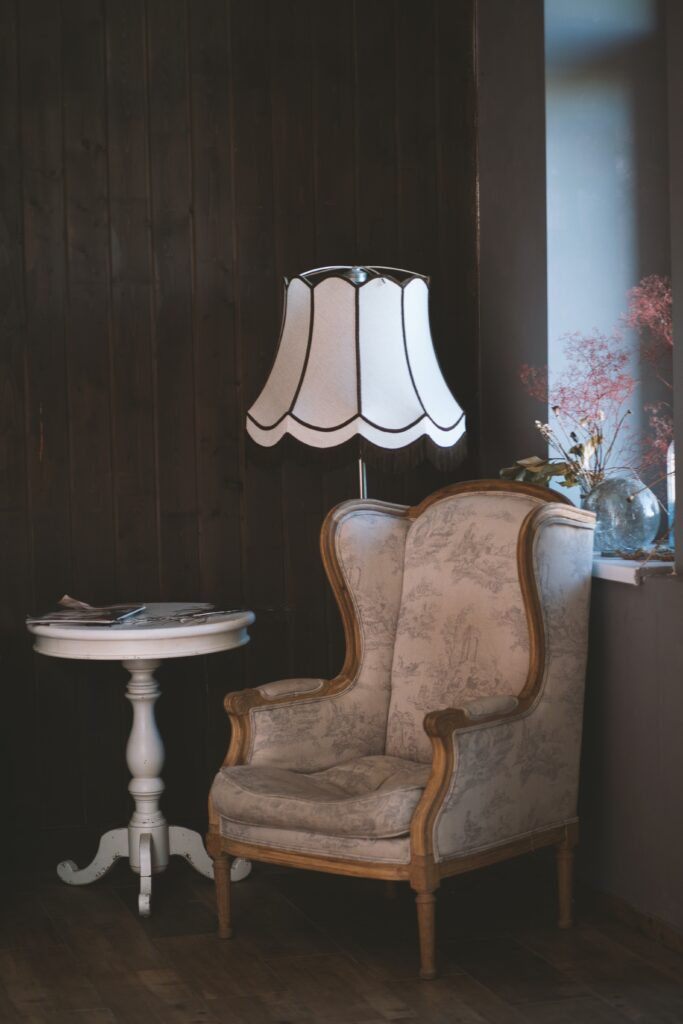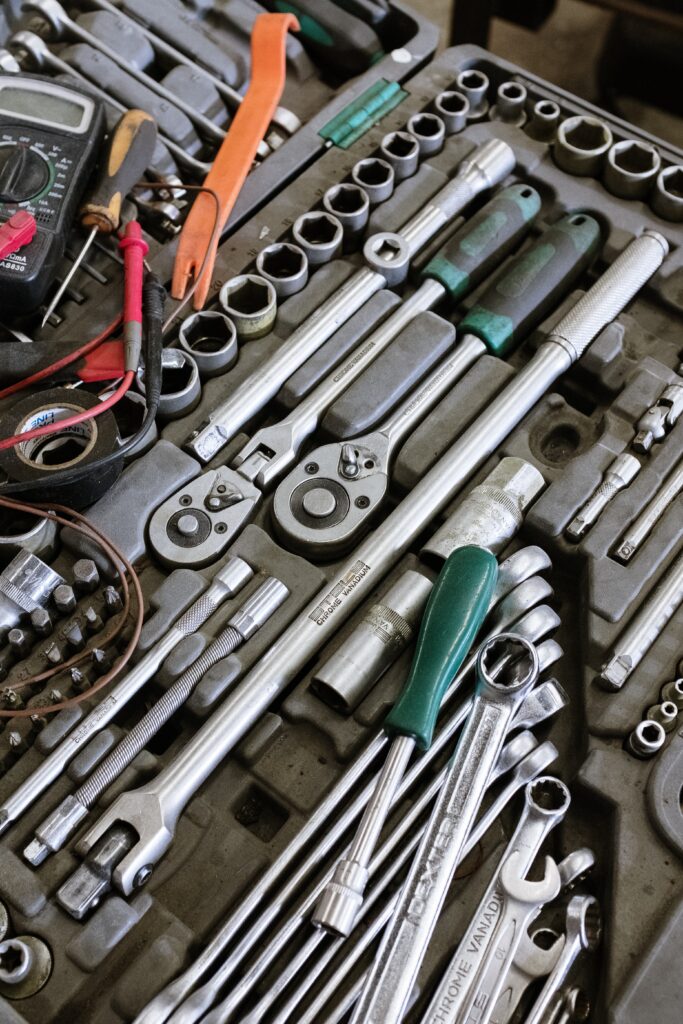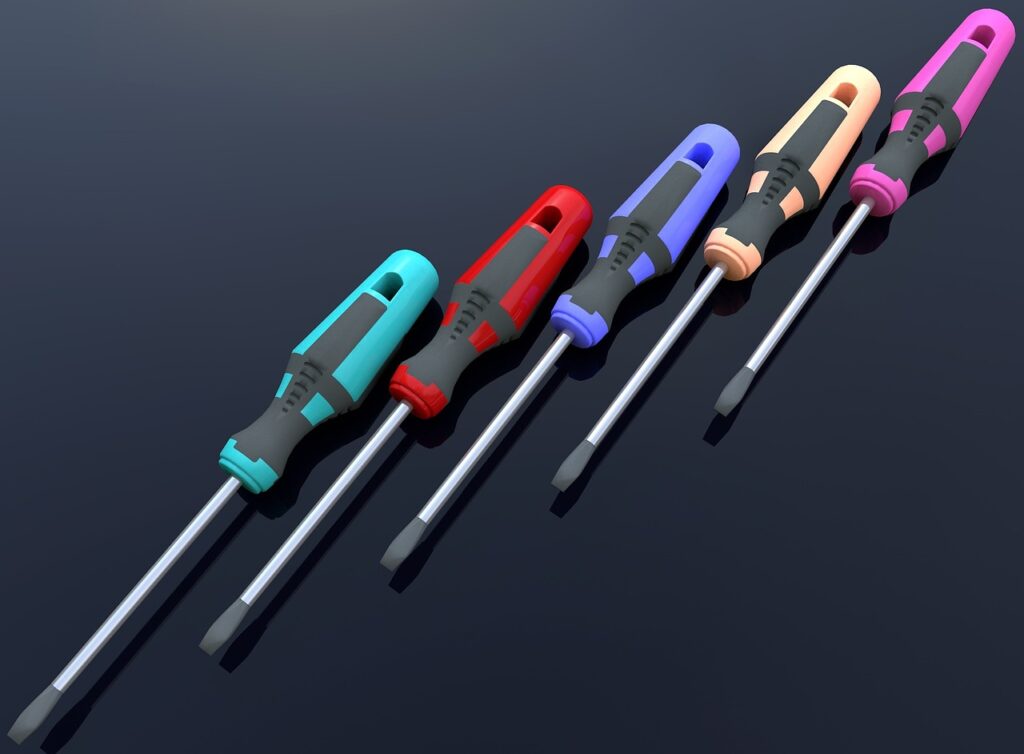To Share is to Show You Care!
Are you tired of struggling with limited space when working on your DIY projects? Is your creative genius stifled by the clutter around you? It’s time to transform your workspace into a dream DIY haven in 2023! In this comprehensive guide, we’ll show you the best solutions to conquer clutter, optimize your workspace, and let your creativity soar. Let’s get started!
Creating Your Dream DIY Space: A Step-by-Step Guide
1. Declutter Like a Pro

Decluttering is the first and crucial step to transform your workspace. Here’s how to do it effectively:
Assess Your Space: Begin by taking a good look at your workspace. Identify areas where clutter accumulates the most. This could include your worktable, shelves, and even the floor.
Sort and Categorize: Take everything out of your workspace and categorize items into three groups: keep, donate, and toss. Be ruthless; if you haven’t used something in a year, it’s probably time to let it go.
Storage Solutions: Invest in storage solutions like shelves, bins, and pegboards. These will help you keep your tools, materials, and supplies organized and easily accessible.
Label Everything: Label your storage containers and drawers so that you can quickly find what you need when you need it. This simple step can save you a lot of time and frustration.
2. Optimize Your Layout
Your workspace layout plays a crucial role in your productivity and comfort:
Flow and Accessibility: Arrange your workspace to create a logical flow. Keep the tools and materials you use most frequently within arm’s reach. This minimizes unnecessary movement and saves time.
Work Surfaces: Consider the type of DIY projects you undertake. If you need a large work surface for cutting, assembling, or sewing, make sure you have it. Ensure that your work surfaces are at a comfortable height to prevent strain.
Project Zones: If you work on various types of DIY projects, consider creating different project zones. For example, have a dedicated area for woodworking, another for sewing, and one for painting. This keeps your tools and supplies organized by project type.

3. Lighting Matters

Proper lighting is essential for a productive and comfortable DIY workspace:
Task Lighting: Invest in task lighting fixtures like adjustable desk lamps or track lighting. These can be positioned to illuminate your work area effectively, reducing eye strain and enhancing visibility.
Natural Light: Whenever possible, position your workspace near a window to take advantage of natural light. Natural light not only provides a better working environment but also boosts your mood and creativity.
4. Choose the Right Furniture
Comfortable and ergonomic furniture is vital for long hours of DIY work:
Ergonomic Chairs: Invest in a comfortable, ergonomic chair with good back support. This will prevent fatigue and discomfort during extended DIY sessions.
Adjustable Workbenches: If your DIY projects involve different heights or tasks, consider an adjustable workbench. Being able to customize the height of your work surface can significantly improve your comfort and efficiency.
Storage Furniture: Choose furniture that offers ample storage space. Cabinets, drawers, and shelving units can help keep your tools and supplies organized and within reach.

5. Organize Your Tools

Organizing your tools is essential for efficiency and safety:
Systematic Organization: Arrange your tools in a systematic manner. Consider using a pegboard or a tool chest to hang or store your tools so you can quickly locate what you need.
Labeling: Label drawers, bins, and shelves to indicate what goes where. This prevents confusion and saves time when you’re in the middle of a project.
Maintenance: Regularly clean and maintain your tools. Sharp blades, clean brushes, and well-maintained equipment ensure that you’re always ready to tackle your DIY projects.
6. Personalize Your Space
Make your workspace uniquely yours to inspire creativity:
Inspiring Quotes and Artwork: Decorate your workspace with inspiring quotes, artwork, or images that motivate you. This can create a positive and uplifting atmosphere.
Color and Design: Choose colors and designs that resonate with your personality and style. A space that reflects your taste will make you feel more connected to your projects.

7. Stay Inspired

To keep your creativity flowing, create an inspiring environment:
Vision Board: Create a vision board with images and ideas related to your DIY projects. It serves as a constant source of inspiration and a reminder of your goals.
Gallery Wall: Display completed DIY projects on a gallery wall. Not only does this showcase your accomplishments, but it also serves as a source of pride and inspiration.
Frequently Asked Questions
Q1: How do you organize a craft space?
A: To organize a craft space effectively, start by decluttering and sorting your supplies. Use storage containers, shelves, and labeled bins to keep items organized and easily accessible. Consider a dedicated workspace with good lighting, and arrange materials by type or project.
Q2: How do I turn my garage into a craft room?
A: Converting a garage into a craft room involves insulation, lighting, flooring, and proper ventilation. Plan the layout, add storage, and customize it to suit your crafting needs. You may need permits, so check local regulations.
Q3: What do I need for my craft room?
A: A craft room typically requires storage solutions (shelves, cabinets, bins), a workspace with good lighting, essential crafting tools, comfortable seating, and organizational supplies like pegboards and hooks.
Q4: How do you set up a craft room on a budget?
A: Setting up a craft room on a budget involves repurposing existing furniture, using inexpensive storage solutions, and DIY projects. Look for deals on crafting supplies and shop at thrift stores for furniture and decor.
Q5: What are the 5 ways to arrange and organize space?
A: The 5 ways to arrange and organize space are:
- Declutter: Remove unnecessary items.
- Categorize: Group similar items together.
- Use storage solutions: Invest in shelves, bins, and organizers.
- Create zones: Define areas for specific activities.
- Maximize vertical space: Utilize wall-mounted storage.
Q6: How do I organize craft supplies without a craft room?
A: Organize craft supplies without a dedicated room by using portable storage solutions, like rolling carts and caddies. Use clear containers, label them, and find a designated spot in your home to store your supplies.
Q7: How do you make a craft room in a small space?
A: In a small space, maximize vertical storage, use foldable furniture, and keep only essential supplies. Create a multifunctional workspace and use wall-mounted organizers to save floor space.
Q8: How do you set up a craft room in a small space?
A: Setting up a craft room in a small space involves efficient organization, using compact furniture, and designing a functional layout. Prioritize storage and make use of wall space for shelves and pegboards.
Q9: What permission do I need to convert my garage into a room?
A: To convert a garage into a room, you may need building permits and inspections. Check with your local zoning and building department for specific requirements and regulations.
Q10: How do you set up a hobby room?
A: Setting up a hobby room involves choosing a dedicated space, organizing supplies, and creating a comfortable work area. Customize it based on your hobbies, ensuring proper lighting and storage.
Q11: How many of each item should I have for a craft show?
A: The quantity of items you need for a craft show depends on your inventory and booth size. Plan to have a variety of items in different quantities, with enough stock to last the duration of the event.
Q12: Does Michaels have a craft room?
A: Michaels, a popular craft supply store, may have dedicated areas or sections with crafting supplies and storage solutions that can help you set up your own craft room, but they do not typically offer fully equipped craft rooms for public use.
Q13: How can I make my room aesthetic without spending money?
A: You can make your room aesthetic without spending money by rearranging furniture, decluttering, using existing decor creatively, and DIY projects. Incorporate natural light and plants for a refreshing look.
Q14: How can I organize my room without spending money?
A: Organize your room without spending money by repurposing containers and furniture, decluttering, and creating designated storage areas. Use items you already have to keep your space organized.
Q15: How do I start a small home-based craft business?
A: To start a small home-based craft business, begin by selecting a niche, creating a business plan, setting up an online presence (website or social media), sourcing materials, pricing your products, and marketing your crafts to potential customers. Consider legal requirements and permits if applicable in your area.
The Informed Minds
I'm Vijay Kumar, a consultant with 20+ years of experience specializing in Home, Lifestyle, and Technology. From DIY and Home Improvement to Interior Design and Personal Finance, I've worked with diverse clients, offering tailored solutions to their needs. Through this blog, I share my expertise, providing valuable insights and practical advice for free. Together, let's make our homes better and embrace the latest in lifestyle and technology for a brighter future.

